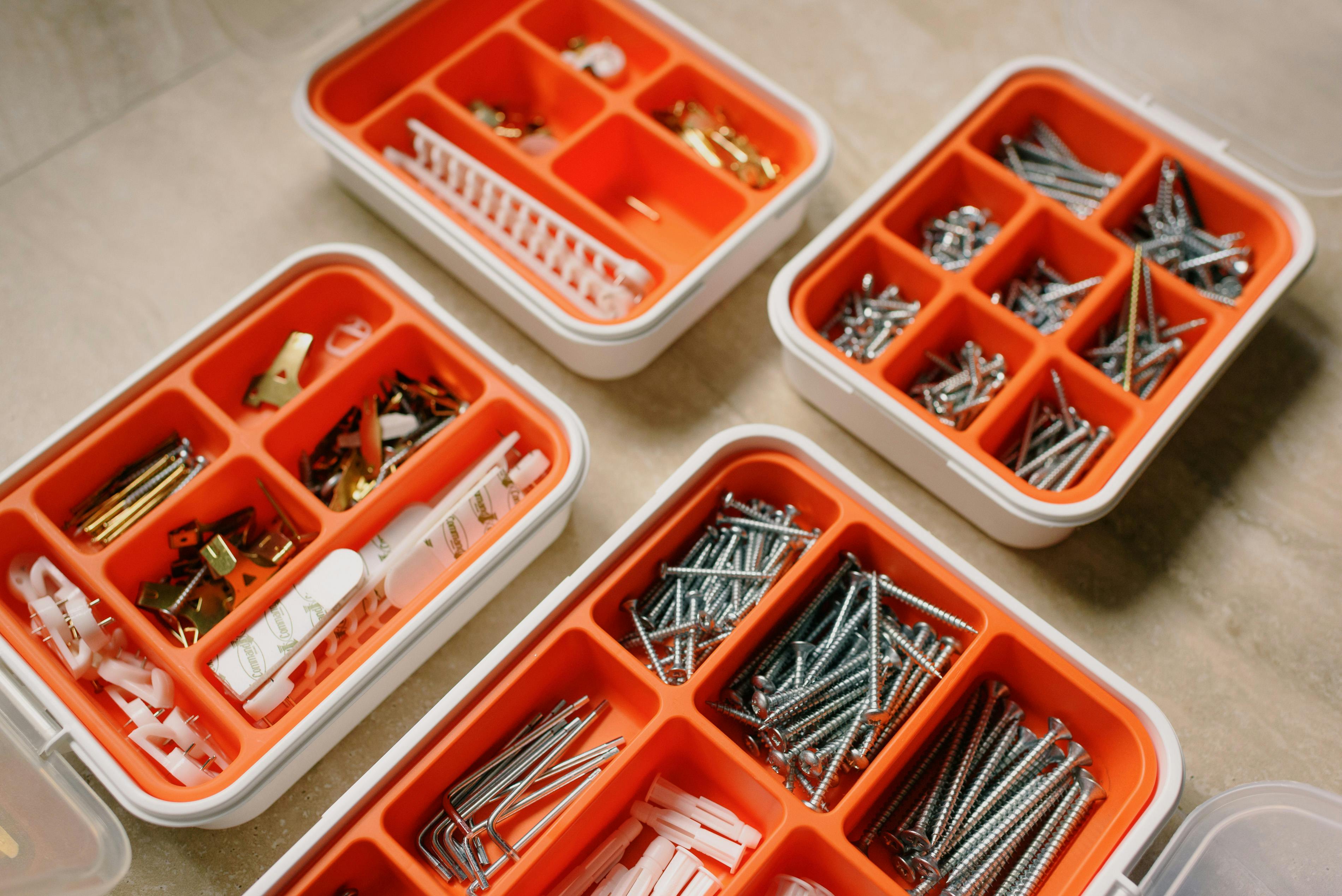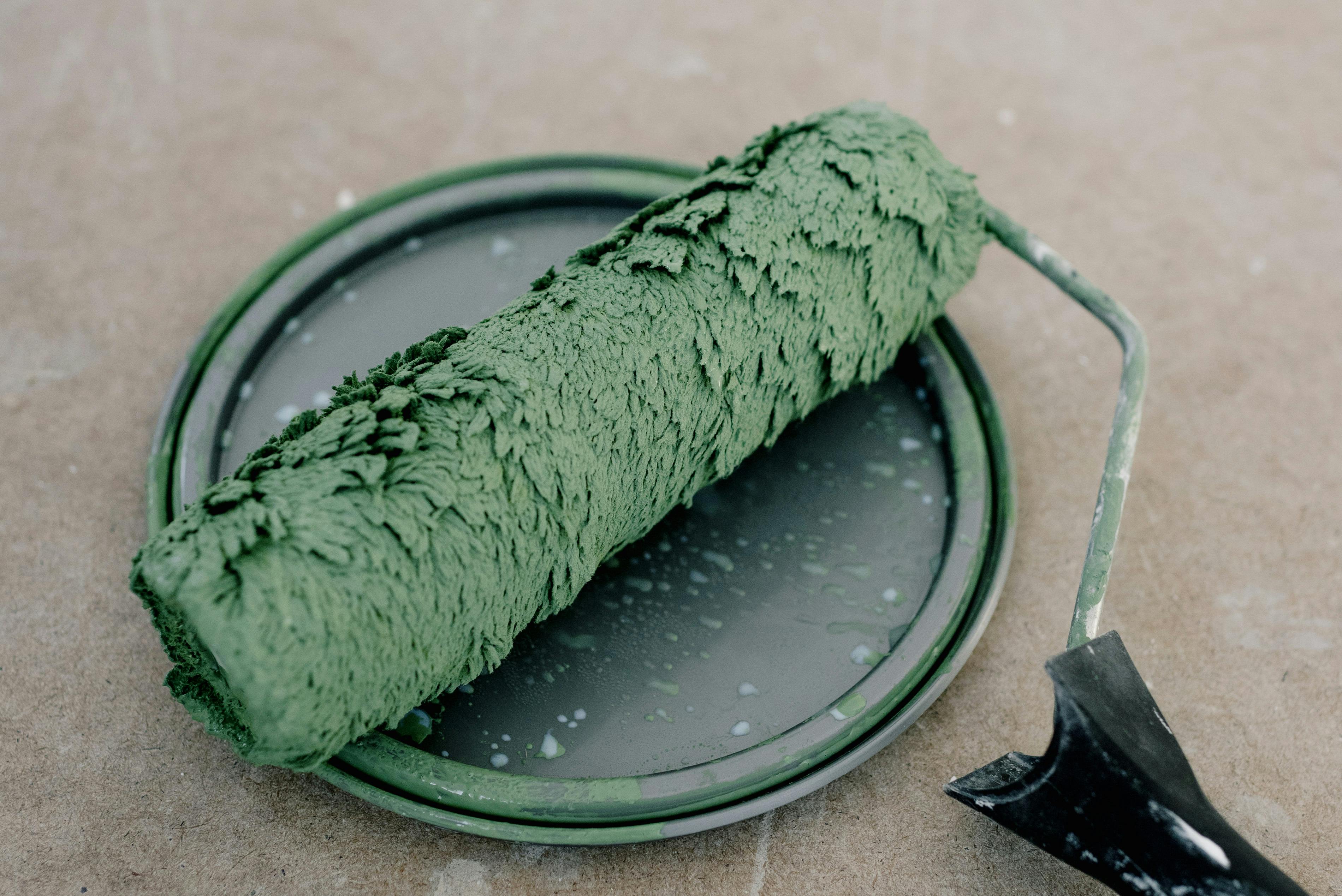Having a gap in your teeth can be embarrassing and can make you feel self-conscious about your smile. Fortunately, there are several options available to fix a gap in your teeth. Depending on the size of the gap and your individual needs, you may be able to choose between dental bonding, porcelain veneers, braces, or dental implants. Each of these treatments has its own advantages and disadvantages, so it is important to understand the differences before deciding which one is best for you. In this article, we will discuss how to fix a gap in your teeth and provide information on the different treatment options available.The best way to fix a gap in your teeth is to visit your dentist and get a professional opinion. Depending on the size and location of the gap, they may suggest using braces, dental bonding, or veneers to close the gap. Braces are often used to move teeth into the desired positions over time. Dental bonding uses a composite resin material that is applied directly to the tooth and hardened with a special light. Veneers are thin shells of porcelain that are placed over the front of the teeth and can be used to close gaps in teeth.
What Causes Gaps in Teeth?
Gaps in teeth, or diastema, can occur due to a variety of factors. One of the most common causes is genetics, as some people are simply born with wider gaps between their teeth. Other causes may include crowded teeth, which can cause gaps when teeth are pushed out of their normal alignment; an overgrowth of the gum tissue, which can cause a gap between the upper and lower front teeth; thumb sucking; or missing teeth. Additionally, certain habits such as tongue thrusting can also lead to gaps in the teeth.
In some cases, gaps between the teeth can be treated with braces or other orthodontic treatments. However, if the gap is caused by missing teeth or an overgrowth of gum tissue it may require more specialized treatment such as dental implants or gum contouring surgery. Regardless of the cause, it is important to visit a dentist regularly to ensure that any issues with your smile are identified and treated promptly.
Pros of Filling a Gap in Your Teeth
Filling a gap in your teeth can have a number of benefits. One of the most obvious is that it can improve the appearance of your smile. Having a gap in your teeth can detract from the overall look of your smile, while filling it can help to make it more aesthetically pleasing. Additionally, filling the gap can help to restore function to your teeth, making it easier to chew and speak properly. It can also prevent food from getting stuck in the gap and causing damage or decay. Finally, taking steps to fill the gap can help to prevent other teeth from shifting out of place over time, which can cause further damage down the road.
Cons of Filling a Gap in Your Teeth
While there are many benefits associated with filling a gap in your teeth, there are also some potential drawbacks. The procedure itself may involve some discomfort and there may be some minor pain or swelling afterward. Additionally, depending on the type of procedure used to fill the gap, there may be some expense involved as well. Finally, since the results are not permanent, you may need to have follow-up procedures done periodically to maintain the desired outcome.
Options for Closing Gaps in Teeth
If you have gaps in your teeth, there are plenty of options available to close them and improve your smile. Options range from affordable and simple treatments to more expensive and complex procedures. In any case, it is important to consult with a dentist before deciding on a course of action.
The most common and affordable way to close gaps in teeth is through orthodontic treatment. Braces or clear aligners can be used to move the teeth together over time, resulting in a more even appearance. This method generally takes several months or longer for the desired results to be achieved.
Another option for closing gaps in teeth is dental bonding. This procedure involves the application of a tooth-colored resin material onto the affected tooth or teeth, which is then hardened with a special light. The result is an aesthetic improvement that can also improve the strength of the tooth’s enamel.
Veneers are another option that can be used to close gaps in teeth. Veneers are thin shells of porcelain or plastic that are attached to the front surface of the tooth to improve its appearance. They can also help protect against further damage or discoloration and last up to 15 years with proper care.
Finally, dental implants may be recommended if other methods are not suitable for closing gaps in teeth. Dental implants involve surgically placing artificial roots into the jawbone and attaching replacement crowns on top of them, which look and function just like natural teeth. This method is often considered as a permanent solution for replacing missing or damaged teeth, but it also tends to be more expensive than other options.
No matter what option you choose, it is important that you discuss all available options with your dentist before making a decision so that they can determine which one best suits your needs and budget. All of these procedures can help close gaps in teeth and give you a healthier, more aesthetically pleasing smile!
Dental Bonding to Fix a Gap in Your Teeth
Dental bonding is a fast and cost-effective way to close gaps between your teeth. It can be used to fix chipped, discolored, or misshapen teeth, as well as to fill in gaps. The procedure is quick and painless, and the results are immediately visible.
The process of dental bonding begins with the application of an etching solution to the affected area. This solution helps the bonding material adhere to the tooth’s surface. A composite resin material is then applied and shaped into place. Finally, a special light is used to harden the resin and bond it permanently to the tooth.
The dental bonding process can be completed in just one visit, typically lasting around 30 minutes. The results are long-lasting, but not permanent; because dental bonding material can stain or wear down over time, you may need periodic touch-ups or replacement of the bonded material.
If you are looking for a fast and cost-effective way to close gaps between your teeth, dental bonding may be a good option for you. Be sure to speak with your dentist about any concerns or questions you have about this procedure.

Porcelain Veneers to Close a Gap in Your Teeth
If you have a gap between your teeth, you may be considering porcelain veneers as an option to close it. Porcelain veneers are thin shells of dental porcelain that are bonded to the front of each tooth. They are used to improve the aesthetics of the teeth and can help to close gaps as well. Porcelain veneers are customized to match your natural teeth, and they can last for many years with proper care.
The process for getting porcelain veneers starts with an examination by your dentist. Your dentist will take photographs and impressions of your teeth so that the custom-made veneers can be designed to fit perfectly on your natural teeth. Your dentist will also use X-rays and other diagnostic tools to make sure there is not any underlying problem that needs to be addressed prior to getting veneers.
After the preparation, your dentist will bond the porcelain veneers onto your existing teeth. This is done by first roughening up the surface of each tooth so that the bonding agent will adhere properly. The bonding agent is then applied, followed by the placement of each individual porcelain veneer onto each tooth. The veneers are then cured with a special light which helps them to harden quickly and securely bond them in place.
Once in place, you can expect your porcelain veneers to last for many years if they are cared for properly. You should brush and floss regularly, as well as seeing your dentist twice a year for checkups and cleanings. You should also avoid foods or beverages that can cause staining or discoloration on your porcelain veneers such as coffee, tea, or red wine.
Porcelain veneers can be an effective solution for closing gaps between teeth while also providing you with a beautiful smile. Talk to your dentist today about this option and find out if it is right for you!
Orthodontics to Fix Gaps Between Teeth
Gaps between teeth can be caused by a variety of factors. Orthodontics is an effective way to close gaps between teeth and improve the overall appearance of your smile. Orthodontic treatment is customized to each individual, so it is important to consult with a qualified orthodontist to determine the best course of action for your particular situation.
The most common type of orthodontic treatment for gaps between teeth is braces. Braces are applied to the teeth and gradually move them into the desired position over time. In some cases, additional appliances may be needed in order to achieve the desired results. Your orthodontist will explain all available options and discuss which one is right for you.
In addition to braces, other treatments that may be used to fix gaps between teeth include: dental veneers, crowns, and bonding. Dental veneers are thin shells made from porcelain or composite materials that are placed over the front surfaces of the teeth in order to close gaps and improve the appearance of your smile. Crowns are caps that cover and protect damaged or decayed teeth, while bonding uses a tooth-colored material in order to fill in gaps and reshape a tooth’s surface.
Orthodontic treatment can take several months or even years depending on the severity of your condition and your individual needs. During this time, you will need to attend regular checkups with your orthodontist in order to ensure that your treatment plan is progressing as expected and that any necessary adjustments can be made if necessary. It is important that you follow all instructions provided by your orthodontist in order for treatment to be successful.
If you have gaps between your teeth, then orthodontic treatment may be right for you. Consulting with a qualified orthodontist will help determine which option is best suited for your specific situation, as well as provide a timeline for when you can expect results from treatment. With proper care and dedication, you can have a beautiful smile with minimal gaps between each tooth!
Pros of Orthodontics for Closing Gaps Between Teeth
Orthodontic treatment is an effective way to close the gaps between teeth and create a more attractive smile. Orthodontic treatment can be used to correct misalignment, overcrowding, and spacing between teeth. Treatment can also help to improve jaw function, reduce the risk of tooth decay and gum disease, and reduce the risk of TMJ disorders. Orthodontic treatment is relatively non-invasive and can be completed in a short amount of time. Treatment typically involves the use of braces or aligners and may include other treatments such as headgear or expansion plates. The results of orthodontic treatment are long-lasting and can provide both functional and aesthetic benefits.
Cons of Orthodontics for Closing Gaps Between Teeth
While orthodontic treatment can be effective in closing gaps between teeth, there are some potential drawbacks associated with it. Orthodontic treatment can be costly depending on the complexity and length of the treatment plan. Additionally, orthodontic treatment requires a significant amount of commitment since it typically takes several months for braces or aligners to achieve their desired results. There is also an adjustment period that some patients may experience when beginning orthodontic treatment, as they become accustomed to wearing braces or aligners. Finally, there is always a risk of relapse after orthodontic treatment has been completed if proper oral hygiene habits are not maintained.

Conclusion
Gaps in teeth can be fixed with a variety of treatments, depending on the size and location of the gap. Dental bonding is a great option for small gaps, while veneers and crowns are popular choices for larger gaps. Orthodontic treatment can also be used to realign teeth and close any gaps. Ultimately, a dentist should be consulted to discuss the best option for your individual situation.
No matter which treatment you choose, it’s important to take good care of your teeth by brushing twice a day, flossing regularly, and visiting your dentist for checkups and cleanings. With proper dental care, you can keep your smile looking its best!
In conclusion, if you have a gap in your teeth, don’t worry! There are many ways to fix it and get back your beautiful smile. Talk to your dentist right away about which treatment option is best for you. With the right dental care routine and regular visits to the dentist, you can keep that gap-free smile!

